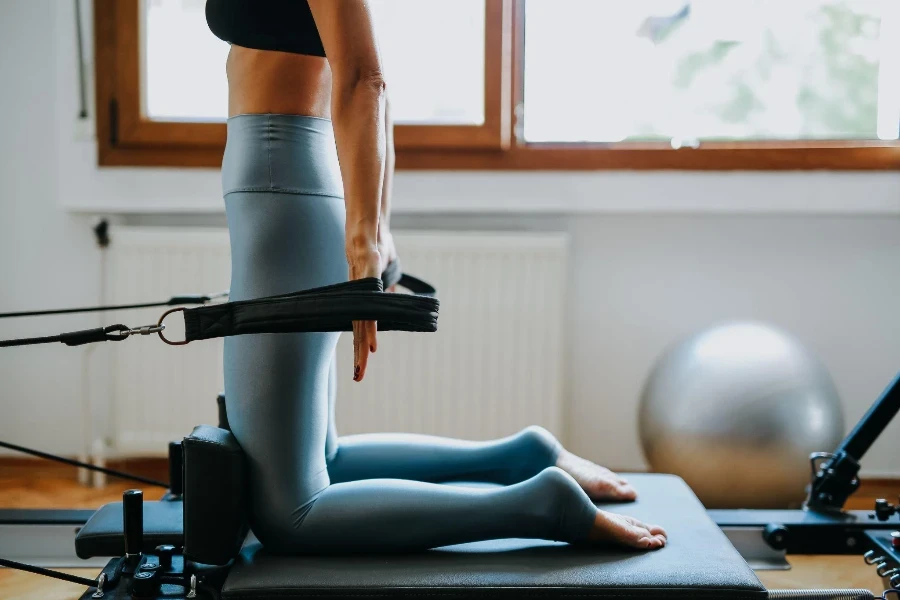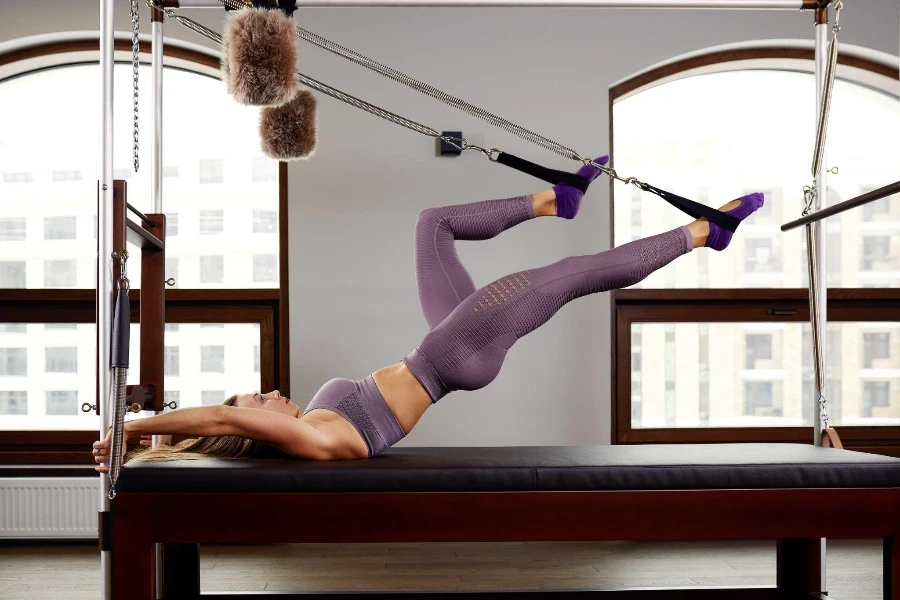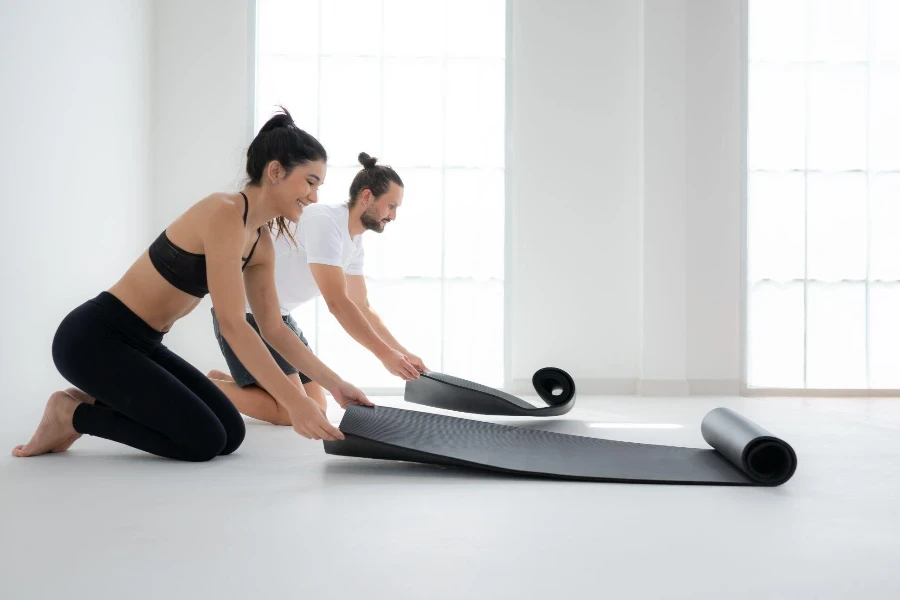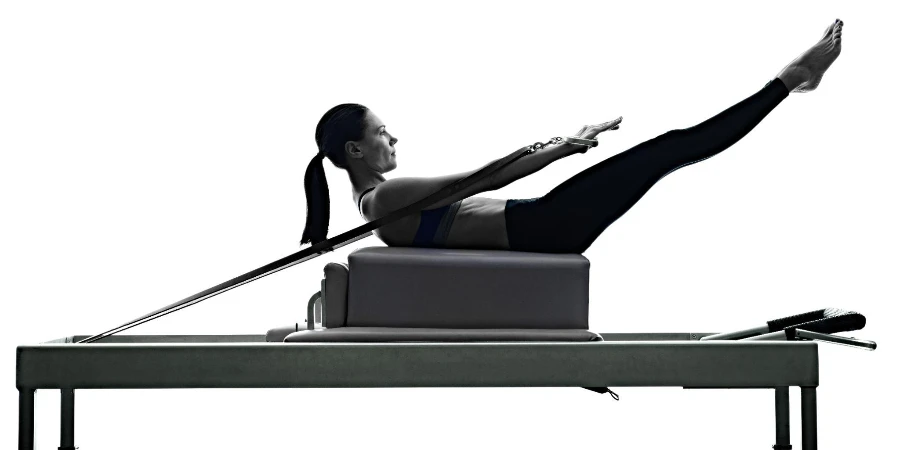Reformer Pilates, a sophisticated form of exercise, has steadily gained popularity among athletes and fitness enthusiasts seeking to enhance their physical strength, flexibility, and overall health. This article delves into the essence of Reformer Pilates, shedding light on its unique benefits, essential techniques, and how it compares to traditional Pilates. By understanding these aspects, individuals can make informed decisions about incorporating Reformer Pilates into their fitness routines.
Table of Contents:
– Understanding Reformer Pilates and its unique approach
– Key benefits of Reformer Pilates for athletes and fitness enthusiasts
– Essential techniques and exercises in Reformer Pilates
– Comparing Reformer Pilates to traditional Pilates
– How to incorporate Reformer Pilates into your fitness routine
Understanding Reformer Pilates and its unique approach

Reformer Pilates, unlike traditional mat Pilates, utilizes a specialized machine called a Reformer. This apparatus, equipped with springs, straps, and a sliding carriage, offers resistance that can be adjusted to suit various skill levels and fitness goals. The Reformer’s unique design allows for a wider range of movements, enabling practitioners to target specific muscle groups more effectively.
The origins of Reformer Pilates date back to the early 20th century, developed by Joseph Pilates, who envisioned a method that not only rehabilitated injuries but also prevented them by strengthening the body’s core. This holistic approach to fitness emphasizes the importance of mind-body connection, encouraging practitioners to perform movements with precision and control.
The versatility of the Reformer makes it an ideal tool for everyone from elite athletes to those recovering from injuries. Its ability to adapt to different needs and goals is what sets Reformer Pilates apart from other forms of exercise.
Key benefits of Reformer Pilates for athletes and fitness enthusiasts

One of the most compelling aspects of Reformer Pilates is its ability to enhance core strength. The core, comprising abdominal muscles, lower back, hips, and glutes, plays a pivotal role in the body’s overall strength and stability. Strengthening these areas can lead to improved athletic performance and reduced risk of injury.
Reformer Pilates also significantly improves flexibility and balance. Through controlled, precise movements, practitioners can safely stretch their muscles, increasing their range of motion. This not only aids in injury prevention but also contributes to more efficient movement patterns, crucial for athletes in any sport.
Moreover, Reformer Pilates fosters a deep connection between the mind and body, promoting concentration and mental resilience. This mental aspect is often overlooked in traditional training programs but is essential for athletes facing high-pressure situations.
Essential techniques and exercises in Reformer Pilates

To reap the benefits of Reformer Pilates, understanding and mastering key techniques and exercises is crucial. The Footwork series, for instance, focuses on leg strength and alignment, serving as a foundation for more advanced movements. Exercises like the Hundred, a core-stabilizing exercise, challenge endurance and coordination, engaging the whole body.
The Reformer’s adjustable springs enable practitioners to modify exercises according to their strength and flexibility levels. For beginners, lower resistance can help in mastering the form and technique, while advanced users can increase resistance to challenge themselves further.
Practitioners should also pay close attention to their breathing patterns while performing Reformer Pilates exercises. Proper breathing not only enhances oxygen flow to the muscles but also supports the execution of movements with greater control and efficiency.
Comparing Reformer Pilates to traditional Pilates

While both Reformer and traditional Pilates share the same foundational principles, the main difference lies in the equipment used. Traditional Pilates primarily involves mat exercises, relying on body weight for resistance. On the other hand, Reformer Pilates offers a more dynamic experience due to the adjustable resistance provided by the machine.
This adaptability makes Reformer Pilates particularly beneficial for individuals seeking targeted strength training and rehabilitation. The Reformer’s support system allows for modifications that accommodate various injuries and physical limitations, making it a more inclusive form of exercise.
However, the choice between Reformer and traditional Pilates ultimately depends on personal preferences, goals, and accessibility. Both forms offer significant health benefits and can complement each other within a well-rounded fitness regimen.
How to incorporate Reformer Pilates into your fitness routine

Incorporating Reformer Pilates into your fitness routine requires careful consideration of your current fitness level and goals. Beginners should start with basic classes to familiarize themselves with the equipment and foundational exercises. As proficiency increases, gradually incorporating more advanced classes can help in continuously challenging the body.
It’s also beneficial to complement Reformer Pilates with other forms of exercise, such as cardio and strength training, to ensure a balanced fitness routine. Consulting with a certified Pilates instructor can provide personalized guidance and adjustments to maximize the benefits of Reformer Pilates.
Consistency is key in experiencing the transformative effects of Reformer Pilates. Dedication to regular practice, along with a focus on proper technique, can lead to significant improvements in strength, flexibility, and overall well-being.
Conclusion:
Reformer Pilates offers a unique and versatile approach to fitness, catering to the needs of athletes and fitness enthusiasts alike. By understanding its benefits, techniques, and how it compares to traditional Pilates, individuals can effectively integrate this form of exercise into their routines. With regular practice and a commitment to mastering the principles of Reformer Pilates, practitioners can achieve a stronger, more flexible, and balanced body.




